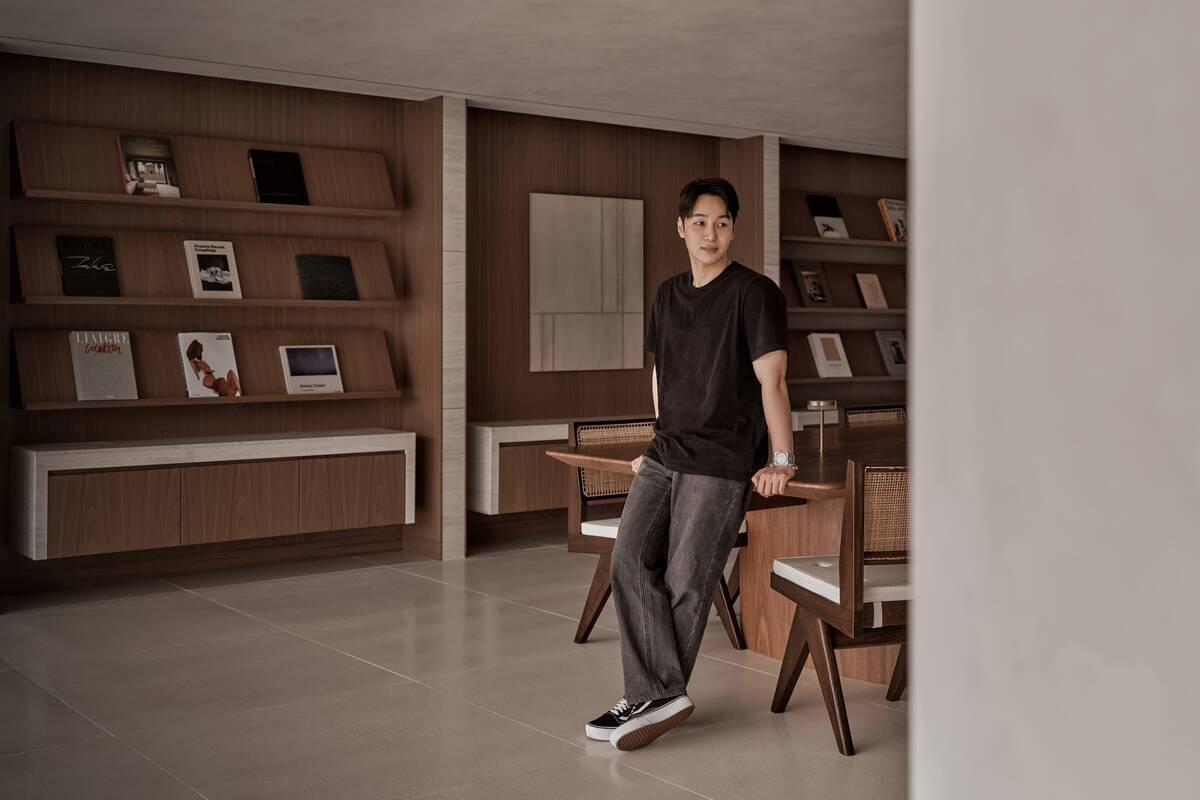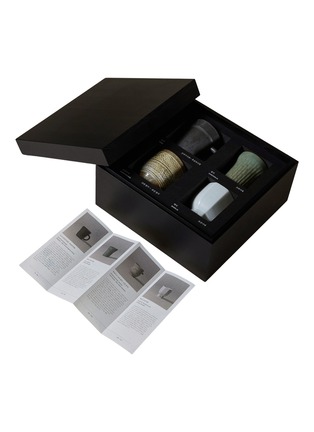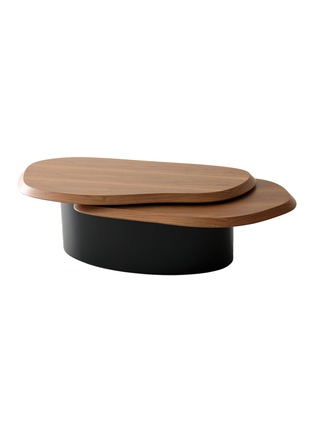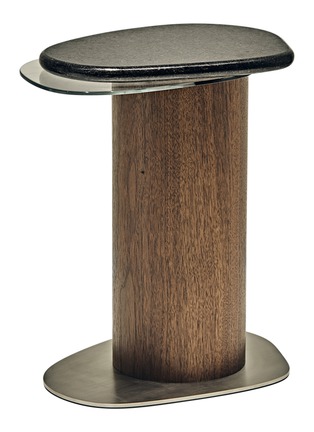Lane Crawford Talks
Modernist Maestro Teo Yang Redefines Luxury Furniture
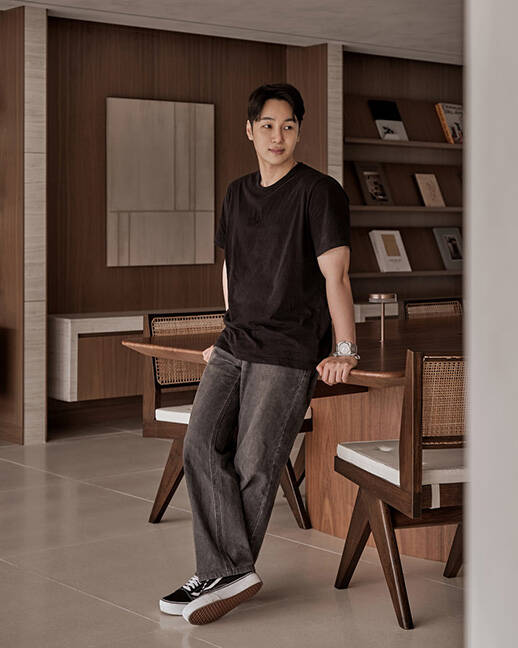
Much like the South Korean cultural phenomenon has been making waves around the globe, the Korean design scene has also rapidly evolved, boasting an energetic vibrancy with various noteworthy designers reinterpreting traditional crafts with contemporary designs.
This time around, we sat down with Eastern Edition’s founder Teo Yang to learn more about the inspiration behind the brand, its core design philosophies, how Korean pop culture spearheaded the brand’s growth in recent years, and more upcoming collections.
Scroll down to read the full interview

Image Courtesy of Eastern Edition
What inspired the establishment of Eastern Edition, and what differentiates it from other furniture brands in the market?
In Korean tradition, we celebrate simplicity; simplicity that erases the idea of superficiality and decorativeness to look at the essence of things. We want to deliver this philosophy to society at large to help people find a sense of materialistic balance and calmness of mind in a generation of consumerism.
Setting Eastern Edition apart is a reinterpretation of Korean aesthetics – often known for its ‘emptiness’ (coined ‘Mumi’) – in a modern way. Eastern Edition was born out of his desire to research the essential philosophy of Korean heritage, while not mimicking or recreating something in a literal way.
Additionally, Eastern Edition was birthed during the pandemic, which we believe was the right time as people were staying home and paying more attention to furniture. This focus on the home and desire to cultivate a more meaningful lifestyle altogether helped garner the momentum of the brand.
Can you speak about the design philosophy behind your brand and how it is reflected in the furniture pieces available at Lane Crawford?
The aesthetic forms and design language of the Joseon period (the last dynastic kingdom of Korea – 1392-1897) have been well-documented and provide a major source of inspiration for Eastern Edition. In particular, the old adage, ‘simple yet not humble, splendid yet not extravagant,’ is an expression that serves as a guideline for Korea’s aesthetics and creation. It states that there is a spirit of natural casualness that does not lose its essence and class. This is Eastern Edition’s main philosophy, and we believe this ‘beautiful simplicity’ is something people are seeking in everyday life in the 21st century. Moreover, we also love to share narratives through our furniture, and we hope people can discover their own personal narratives through Eastern Edition.
The furniture selections of Eastern Edition at Lane Crawford carry the essence of Korean aesthetics through its natural color and material palette, as well as the design narratives. For instance, the two display cabinets (3-Tiered Glass Cabinet, Open Display Cabinet) are different iterations from a traditional shelving piece, made anew with the introduction of modern materiality such as glass and steel. Wheels added to the 3-Tiered Glass Cabinet allow functionality and flexibility for the modern consumer as well.
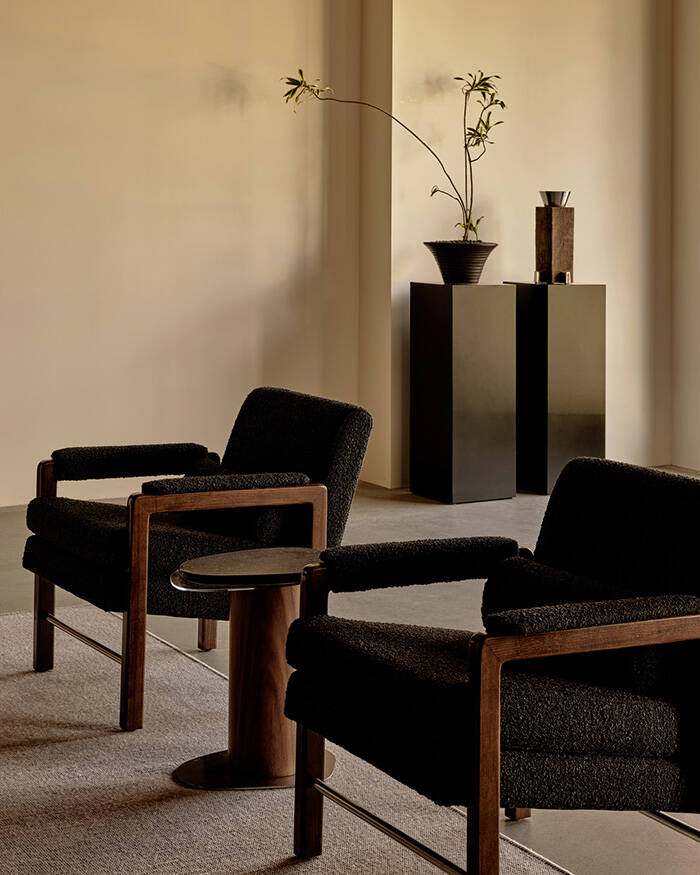
Image Courtesy of Eastern Edition
What materials and craftsmanship techniques are commonly used in the creation of your furniture, and how do they contribute to the overall quality and aesthetic appeal?
Wood is the foundation of vernacular architecture – a commonly used, friendly, sustainable material. In Korea, our life is also based on wood. We build our houses using wood; we build our furniture using wood. To produce Eastern Edition’s collections, we teamed up with a handful of local woodworkers out of both necessity and personal interest for the preservation of local craft. Design details such as the ‘Nabi’ joinery and interlocking joints, as well as finishes like lacquer, are driven from traditional wood craftsmanship. Eastern Edition also showcases a convergence of time by mixing contemporary materiality such as chrome, glass, and hairbrushed steel, with natural materials. These elements all help contribute to the overall aesthetic of when heritage meets modern.
How does your Korean heritage influence the design and production process of your furniture, and how do you incorporate traditional elements into contemporary designs?
The importance of heritage, locality, and sustainability keeps me grounded in my vision for Eastern Edition.
In terms of the production process, not only is all the wood sourced locally, but upcycled wood from old Hanok (traditional Korean house). For instance, pillars have been used to create objects such as the Column Floor Lamp and Table Lamp. We have also completed a furniture collection entirely dedicated to upcycled wood, called ‘Remaining Things,’ in February. Utilizing what could have been thrown away as old architectural pillars, beams, and materials, we gave new life by mixing modern materials with the old to create contemporary art furniture pieces that have a sculptural quality to them.
Can you highlight some of the signature furniture pieces from your collection that Lane Crawford customers should look out for, and what makes them particularly special or unique?
A signature piece from our earlier collection is the Cushion Stool. Traditionally, offering a cushion to a guest is a symbol of hospitality and respect. In a time when sitting on the floor was the cultural norm, we wanted to adapt this traditional way of living to our modern times by creating a double cushion seat with a wooden base.
With the cushion stool, we are also delighted to present a new Persimmon Wood Collection, first to be showcased at Lane Crawford in Hong Kong. The persimmon tree is a natural part of the lives of Koreans and a medium for conveying beauty and lyricism. Belonging to the ebony tree family, they have natural, distinct black patterns in its cross section that are reminiscent of beautiful traditional black ink paintings. Reinterpreting the narrative and aesthetic value of the traditional persimmon tree, the Pull-Out Tea Table, Persimmon Wood Lounge Chair, and Tiered Table Lamp share the beauty of Korean persimmon trees that have been enjoyed throughout history.

How do you ensure that your furniture combines functionality with aesthetic appeal, meeting the needs and preferences of Lane Crawford’s discerning clientele?
We are always excited to witness two different cultures come together. Through Eastern Edition’s showcase at Lane Crawford, we hope to connect and exchange ideas - such as ‘Mumi’, a Korean philosophy that looks at the essence of life. Aware of the sophistication of Lane Crawford’s clientele, we believe that people are always looking for new things, yet still maintain a sense of comforting familiarity in its aesthetics.
We are also eager for open communication from our clientele. In lieu of this, we wanted to present our collection in Hong Kong to see the general response through a new perspective. We hope that people can bring home these Korean philosophies and find creative ways to adapt Eastern Edition Furniture to their daily lives in the context of Hong Kong.
Has the rise in popularity of Korean pop culture spearheaded Eastern Edition’s growth in recent years?
We have certainly garnered a lot of interest through the wave of Korean pop. We are very thankful for that, as we also enjoy the culture and affinity shared through the platform of k-pop and dramas. But in the midst of this, we feel that a lot of deeper, cultural philosophies are harder to understand and come across to the public. As a brand, we hope we can fill in these missing parts for our customers, connecting people to the narratives, philosophies, and aesthetics that are foundational to Korean culture today through everyday furniture pieces in the home.
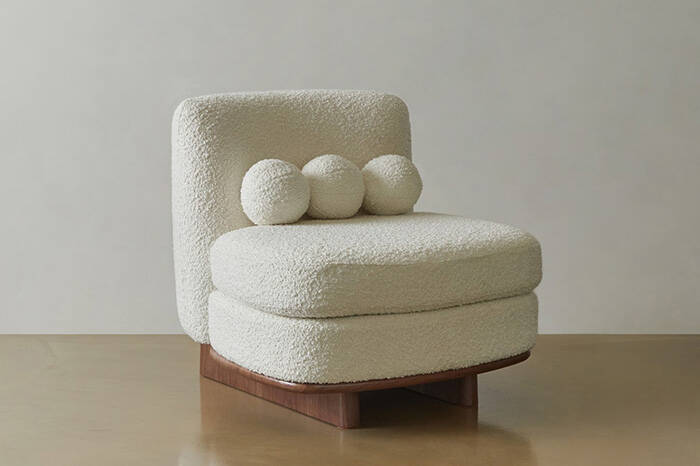
Looking towards the future, what are some upcoming trends or directions in furniture design that your brand is exploring?
Instead of attempting to predict the future, we try to find ways to actively contribute to it. Some ways we practice this are by continuing deeper research on Korean culture, and by discovering new local materials. We see changing trends and the fast images that are constantly shared via social media as a threat to the healthy ecosystem of the design scene. Instead, we hope to bring diversity by giving back to people something of qualitative meaning. In continuation of utilizing distinct Korean materials, we want to dig deeper into the past and incorporate ‘Mugwort Stone’ (a beautiful green stone), and Korean marble in our upcoming collections.
Shop and discover Eastern Edition’s collection in stores.
